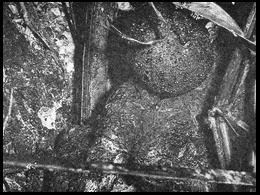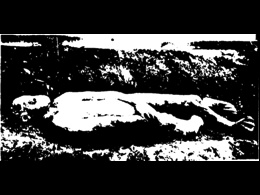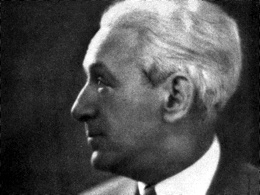July 3, 1931: Death of Harry Reichenbach
Harry Reichenbach was a press agent for the movie industry, known for staging outrageous stunts and hoaxes for the sake of publicity. He was best known for the
"September Morn" hoax of 1913 in which he pretended to complain about the indecency of a painting, thereby bringing it to public attention and leading to the sale of millions of copies of it. Ironically, it is now clear that although Reichenbach took credit for the painting's popularity, he could have played no role in its promotion, which reveals that ultimately he was best at promoting himself.






